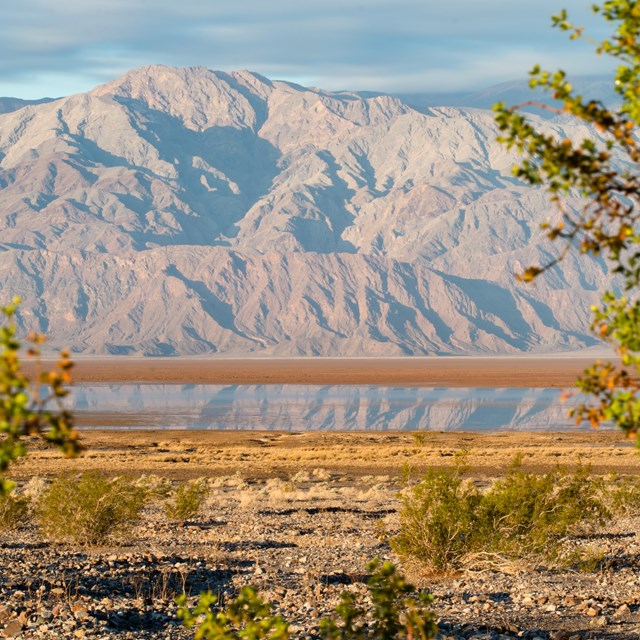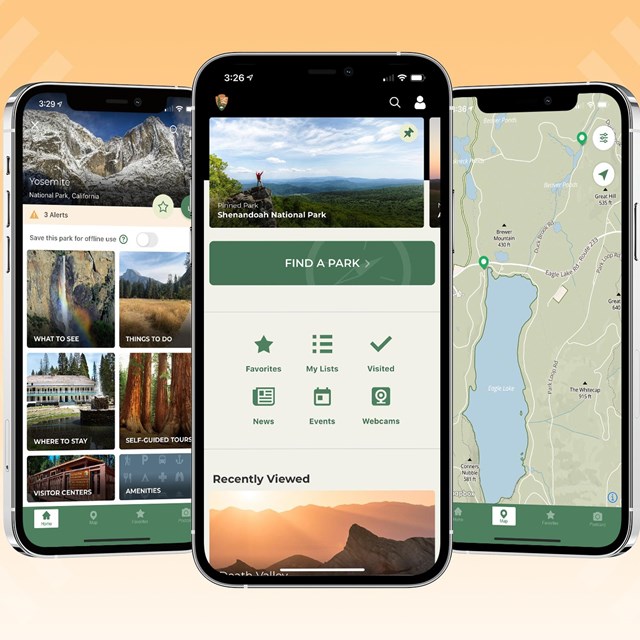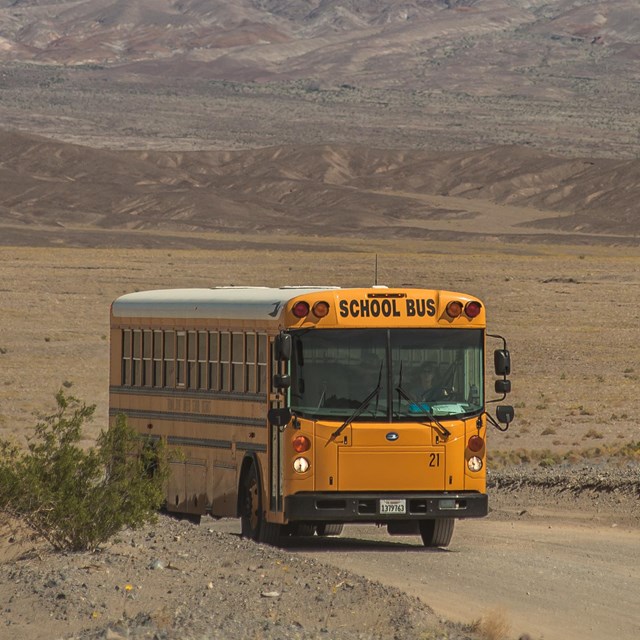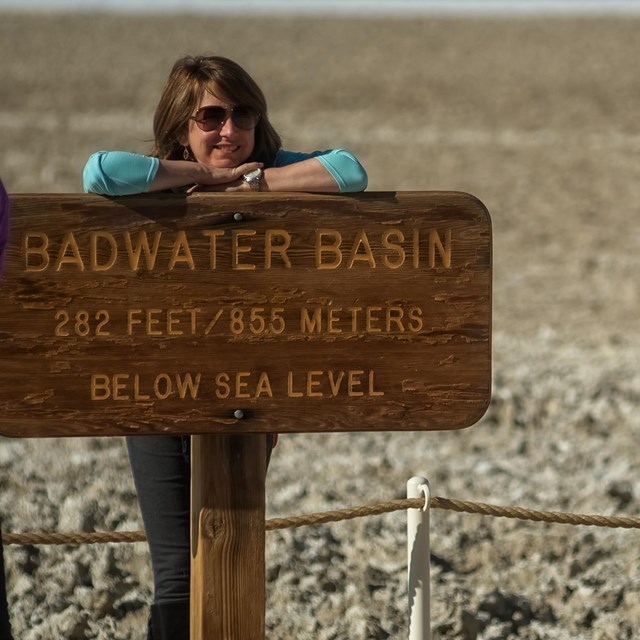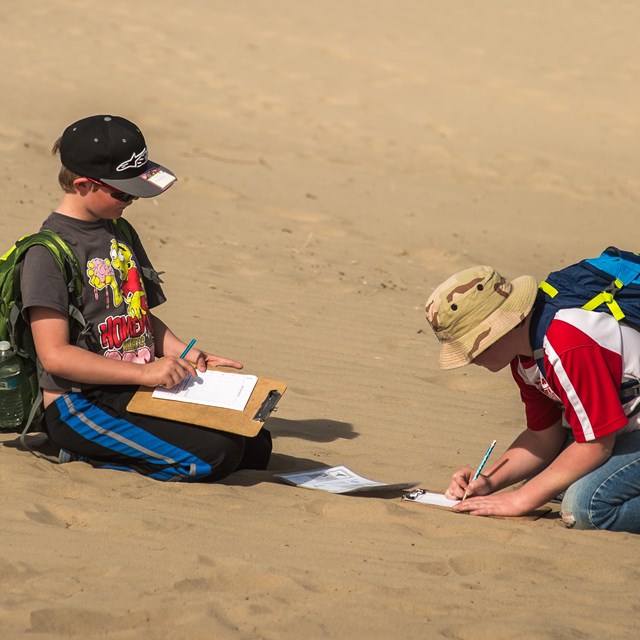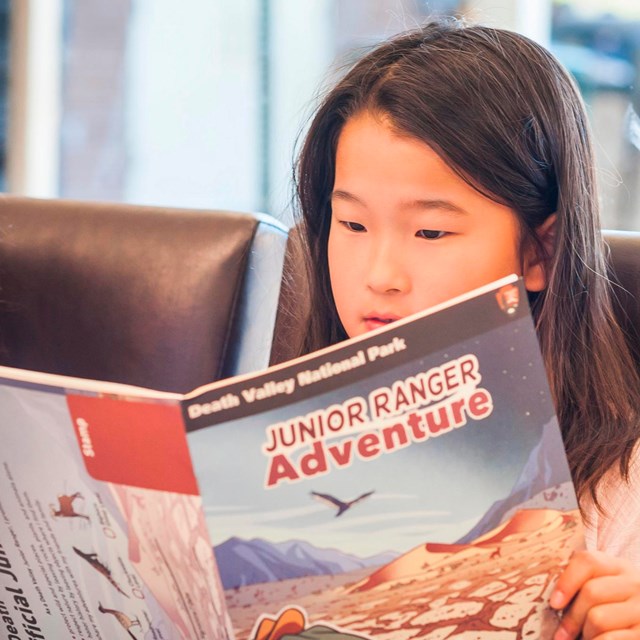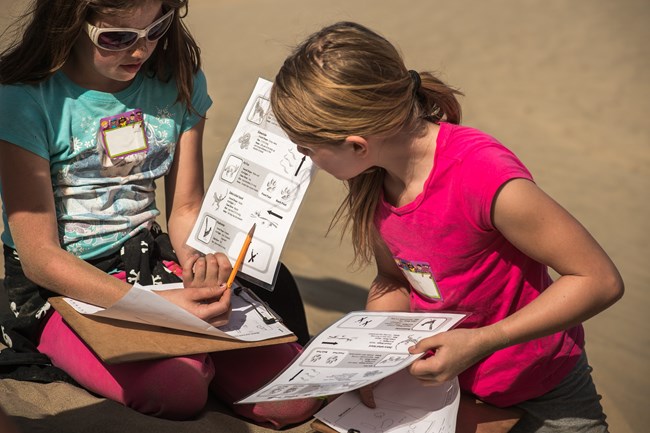
Kurt Moses Planning a class trip to Death Valley National Park can be fun and exciting. We suggest visiting the park prior to the class trip to get a better understanding of this wonderful outdoor classroom. Current conditions are updated on our website and include road closures and weather advisories. Digital versions of maps can also help with the planning process. A hard copy map can be obtained at a visitor center. Academic Fee Waiver
Exploring with Your StudentsBelow are some suggested locations to visit with your students. Visit our Teaching Resources page for examples of activities, including comparing habitats, studying elevation, and evaluating the influence of mining on Death Valley. Student and Park Safety GuidelinesReview these guidelines with students, staff, and chaperones before the field trip. Some of these guidelines are based off of Leave No Trace principles .To integrate it into classroom learning, students could create a poster to promote one of these guidelines to their peers. Plan Ahead and PrepareTeachers, students, and chaperones should be prepared for their field trip. Consider bringing extra water bottles, sunglasses, hats, and sunscreen. Consider asking chaperones to bring items they no longer use to loan out to students that forget to bring their own.
Since many of the bathroom facilities are pit toilets with no running water, groups may also want to bring extra hand sanitizer for bathroom breaks and before eating lunch. Group SafetyAt minimum, groups should have 1 chaperone for every 10 students. Some visitor areas can become very crowded. It is easier for students and leaders if groups are divided into smaller groups of 15 or less people when walking the trails. Leaders should set expectations with students to stay with their smaller group at all times and respect one another by not running, pushing, or yelling. Respect WildlifeApproaching, throwing objects, and feeding wildlife is both dangerous to the wildlife and the students. Loud noises can also disturb wildlife. Leave What You FindPlease leave all plants, rocks, or other natural and historical objects in the park. Groups that are conducting research, such as collecting samples, need to apply for and get approval for a research permit and proper NEPA and Section 106 Tribal and Historic Preservation Office consultation before doing so. Be Considerate of Other VisitorsLoud noises and other disruptive behavior on the trails can spoil the experience for other visitors. Please turn off the engine of the bus or other large vehicle when parked.
Have fun and enjoy Death Valley National Park's outdoor classroom! If you have any questions while planning your self-guided field trip, please contact the education staff.
|
Last updated: May 12, 2025

